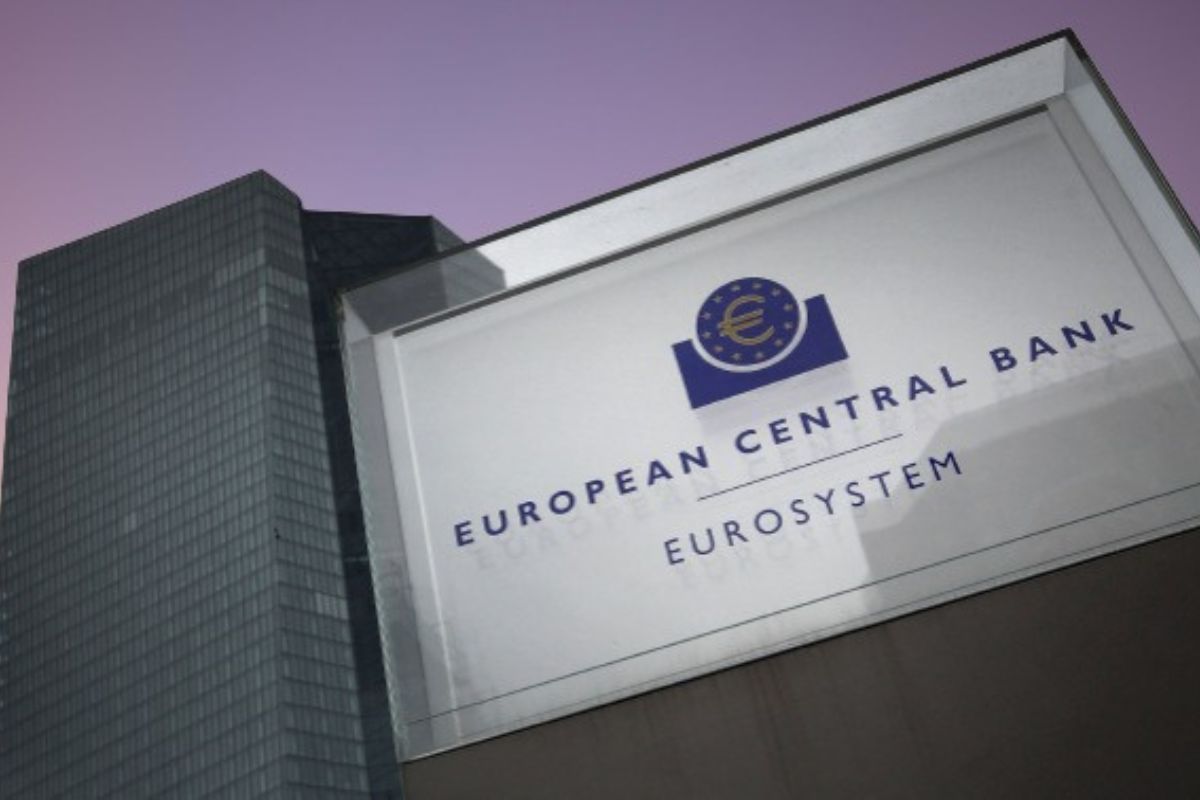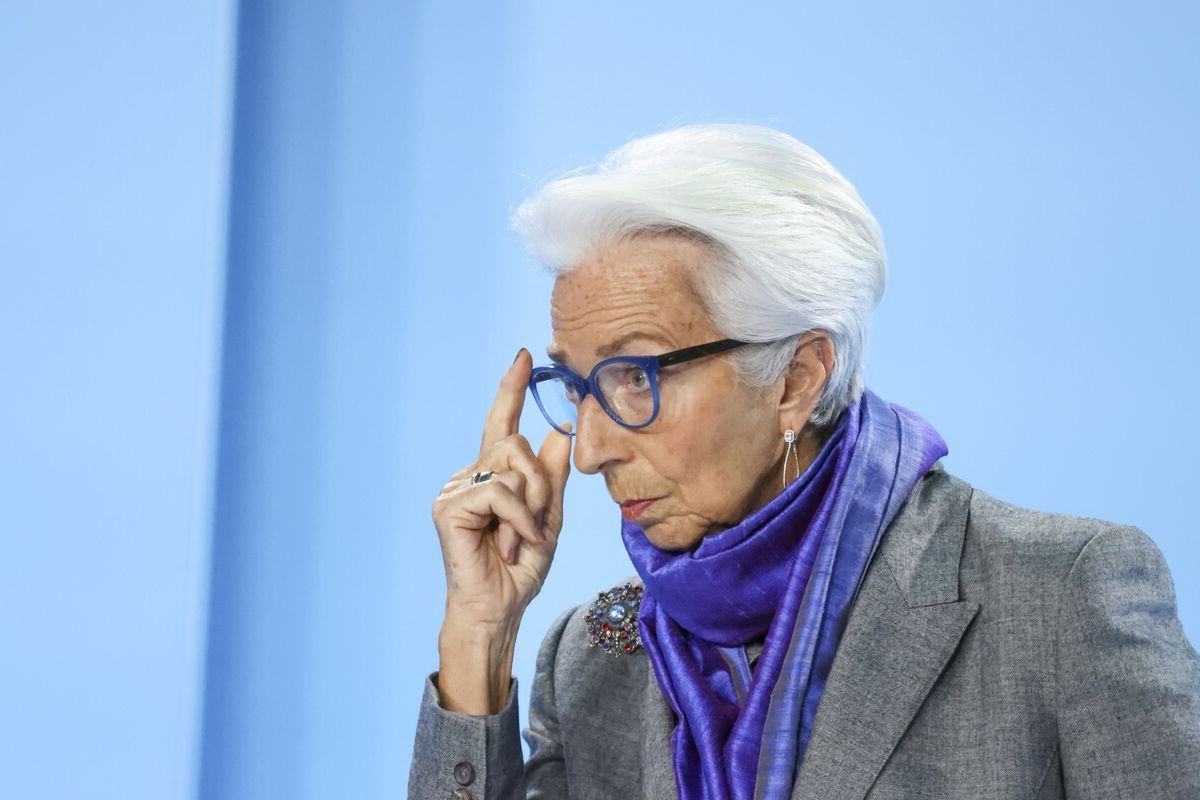ECB Grapples With Inflation: The European Central Bank (ECB) finds itself at a crossroads as it grapples with the conundrum of rising wages and its impact on inflation. While some may see the upward trend in wages as a positive sign for the economy, the ECB is cautious about the potential risks it poses to its inflation target.
As wages continue to climb, the central bank faces the challenge of balancing its monetary policy to ensure a healthy level of inflation while not stifling economic growth. This delicate balancing act has left economists and policymakers pondering the most appropriate course of action, leaving the future path of the ECB’s inflation battle uncertain.
Key Takeaways
- Rising wages pose risks to inflation targets and require careful management by central banks.
- Balancing monetary policy is crucial to ensure healthy inflation without stifling economic growth.
- Wage growth has significant implications for monetary policy decisions and the broader economy.
- Central banks must consider the potential impact of wage growth on inflation and interest rates.
Inflation Threats and Rate Cut Speculations in Canada
In Canada, the specter of inflation threats looms large, as the robust growth in wages and shelter costs fuels speculation of an imminent rate cut by the Bank of Canada.
The Canadian economy is facing unique challenges that may hinder a return to the Bank of Canada’s 2% inflation target. Declining productivity, record immigration levels, and a heavily unionized workforce all contribute to this complex situation.
Also Read: ECB Flexes Regulatory Muscles: 20 Banks Face Capital Hike Over Loan Concerns
Additionally, as the Canadian economy shows signs of recession, spare capacity is increasing, and unemployment rates are rising. These factors further amplify the concerns about inflation.
As a result, analysts suggest that the Bank of Canada may need to consider implementing rate cuts to mitigate the potential inflation risks. This proactive approach would allow the central bank to address the challenges head-on and provide stability to the Canadian economy.
Nuances in Canadian Inflation Dynamics
The intricacies of Canadian inflation dynamics reveal a complex interplay between declining productivity, record immigration, and wage growth that surpasses that of the United States. This unique combination of factors creates a challenging landscape for policymakers to navigate.
To paint a clear picture for our audience, let’s delve into the nuances of Canadian inflation dynamics:
- Declining productivity: A decrease in productivity levels leads to higher unit labor costs, which can contribute to inflationary pressures. This poses a significant challenge for the Canadian economy as it strives to maintain price stability.
- Record immigration: The influx of immigrants has fueled a housing shortage, placing upward pressure on prices. The cost of mortgage interest plays a substantial role in shelter inflation, exacerbating the challenge.
- Wage growth: Despite these inflationary pressures, Canadian wage growth has outpaced that of the United States. This can be attributed to multi-year wage settlements through collective bargaining agreements, which may make it harder to ease wage pressures in the short term.
Implications of Wage Growth in Europe on ECB’s Inflation Battle
Impending wage growth in Europe presents a formidable challenge to the European Central Bank’s ongoing battle against inflation. The ECB’s anticipation of a 4.6% salary growth in the euro zone surpasses the 3% pace that aligns with its 2% inflation target.
This upward trend in wages may have significant implications for the ECB’s monetary policy decisions and the broader economy. Firstly, wage hikes could potentially jeopardize the expected interest rate cuts in April, which could have repercussions on financial markets.
Additionally, businesses may face higher costs due to increased wages, which could lead to a rise in prices. These factors highlight the complex nature of the ECB’s task in maintaining price stability while also supporting economic growth.
Labor Unrest and Wage Negotiations Across Europe
Labor unrest and wage negotiations across Europe have become a pressing issue, as workers grapple with declining real wages and seek to reverse decades-long trends of weakened labor leverage. The situation is reaching a tipping point, with notable strikes involving major companies like Tesla and Amazon.
Workers are no longer willing to accept stagnant wages and are demanding better compensation. Recent wage settlements have seen increases for employees at Carrefour, IKEA, TotalEnergies, and even Uber drivers. Labor unions, fueled by easing worker shortages, are pushing for better wages and working conditions in an attempt to regain their declining membership.
However, caution is advised, as aggressive wage demands could potentially trigger a wage-price spiral, leading to higher inflation and economic instability.
Complexities of Wage Dynamics, Inflation, and Interest Rates in Europe
Navigating the intricate relationship between wage dynamics, inflation, and interest rates in Europe presents a formidable challenge for the ECB. The complex interplay of these factors is further complicated by rising trade protectionism and reduced access to cheaper labor markets. As the European economy experiences an upward trend in wages, the ECB must carefully consider the potential impact on inflation and interest rates.
While current economic conditions favor unions, concerns about aggressive wage demands potentially impacting interest rates persist. However, limited signs of a wage-price spiral are observed, and economists expect companies to absorb higher wage costs. As a result, a swift return to zero interest rates seems unlikely for the ECB. To better understand the complexities involved, let’s examine the following table:
| Factors | Impact on Wage Dynamics | Impact on Inflation | Impact on Interest Rates |
|---|---|---|---|
| Trade Protectionism | Decrease | Uncertain | Uncertain |
| Access to Labor | Increase | Uncertain | Uncertain |
| Wage Demands | Increase | Increase | Increase |
This table highlights the complexities and uncertainties surrounding wage dynamics, inflation, and interest rates in Europe. It underscores the challenges faced by the ECB in managing these factors and maintaining economic stability.
Conclusion Of ECB Grapples With Inflation
The upward trend in wages across Europe poses a significant challenge for the European Central Bank (ECB) in its battle against inflation. As wage growth continues, it becomes increasingly difficult for the ECB to maintain price stability and control inflationary pressures.
Furthermore, the complexities of wage dynamics, inflation, and interest rates in Europe make it even more challenging for the ECB to navigate these economic factors effectively. This calls for a strategic and nuanced approach by the ECB to address the growing inflation threats and ensure economic stability.
Our Reader’s Queries
Q1 What is the ECB view on inflation?
A In accordance with the ECB’s forecast, inflation reached its lowest point in November and is expected to persist in the 2.5% to 3% range throughout the year. This surpasses the 2% target and is projected to return to the target level by 2025.
Q2 What is the ECB inflation forecast?
A In general, considering the ECB’s 2% inflation target, the forecast indicates a decline in headline HICP inflation. It is expected to decrease from 5.4% in 2023 to an average of 2.7% in 2024, 2.1% in 2025, and 1.9% in 2026.
Q3 What is the monetary strategy of the ECB?
A The European Central Bank (ECB) is responsible for safeguarding the euro’s value through its monetary policy. This involves implementing measures to maintain price stability, targeting a 2% inflation rate. Interest rates play a crucial role in achieving this objective.




